OLPC France has deployed Samsung Galaxy Tab A 2018 tablets with Sugarizer OS at the Mendela school. For more details, see https://wiki.sugarlabs.org/go/Sugarizer_Saint-Ouen_deployment
May 13, 2019
Sayamindu Dasgupta

The Shifting Dynamics of Boys and Girls’ Decision to Share their Creative Programming Projects
Informal online learning communities are one of the most exciting and successful ways to engage young people in technology. As the most successful example of the approach, over 40 million children from around the world have created accounts on the Scratch online community where they learn to code by creating interactive art, games, and stories. However, despite its enormous reach and its focus on inclusiveness, participation in Scratch is not as broad as one would hope. For example, reflecting a trend in the broader computing community, more boys have signed up on the Scratch website than girls.
In a recently published paper, I worked with several colleagues from the Community Data Science Collective to unpack the dynamics of unequal participation by gender in Scratch by looking at whether Scratch users choose to share the projects they create. Our analysis took advantage of the fact that less than a third of projects created in Scratch are ever shared publicly. By never sharing, creators never open themselves to the benefits associated with interaction, feedback, socialization, and learning—all things that research has shown participation in Scratch can support.
Overall, we found that boys on Scratch share their projects at a slightly higher rate than girls. Digging deeper, we found that this overall average hid an important dynamic that emerged over time. The graph below shows the proportion of Scratch projects shared for male and female Scratch users’ 1st created projects, 2nd created projects, 3rd created projects, and so on. It reflects the fact that although girls share less often initially, this trend flips over time. Experienced girls share much more than often than boys!

We unpacked this dynamic using a series of statistical models estimated using data from over 5 million projects by over a million Scratch users. This set of analyses echoed our earlier preliminary finding—while girls were less likely to share initially, more experienced girls shared projects at consistently higher rates than boys. We further found that initial differences in sharing between boys and girls could be explained by controlling for differences in project complexity and in the social connectedness of the project creator.
Another surprising finding is that users who had received more positive peer feedback, at least as measured by receipt of “love its” (similar to “likes” on Facebook), were less likely to share their subsequent projects than users who had received less. This relation was especially strong for boys and for more experienced Scratch users. We speculate that this could be due to a phenomenon known in the music industry as “sophomore album syndrome” or “second album syndrome”—a term used to describe a musician who has had a successful first album but struggles to produce a second because of increased pressure and expectations caused by their previous success
This blog post (first published on the Community Data Science Collective blog) and the paper are collaborative work with Emilia Gan and Benjamin Mako Hill. You can find more details about our methodology and results in the text of our paper, “Gender, Feedback, and Learners’ Decisions to Share Their Creative Computing Projects” which is freely available and published open access in the Proceedings of the ACM on Human-Computer Interaction 2 (CSCW): 54:1-54:23.


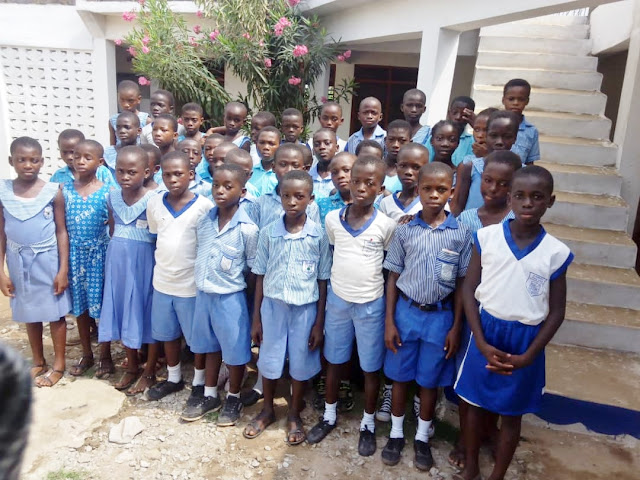
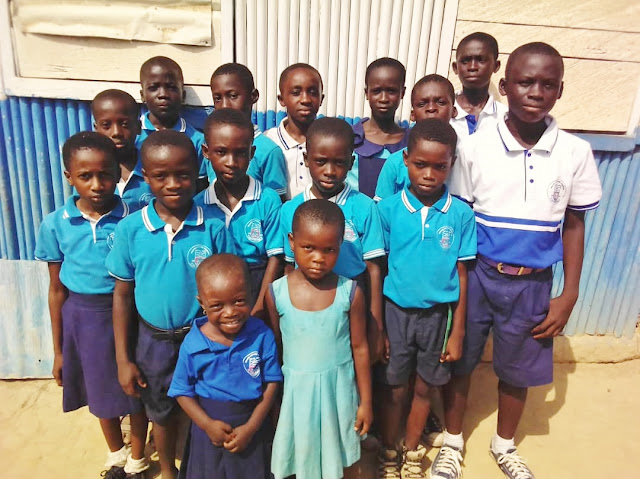
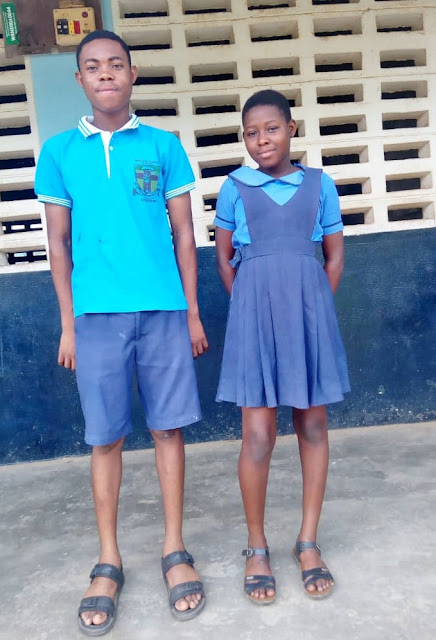
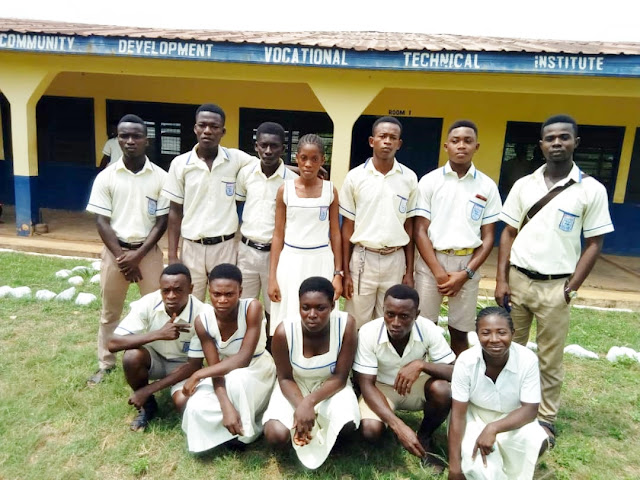
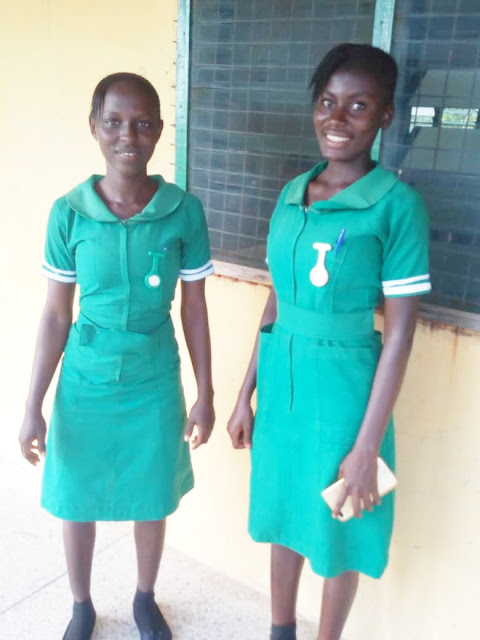
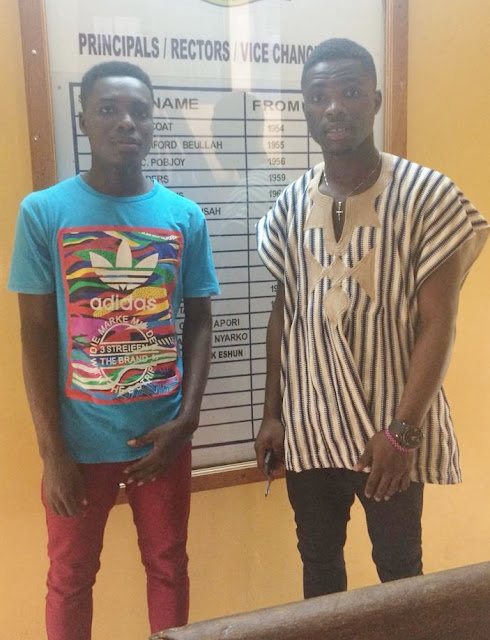
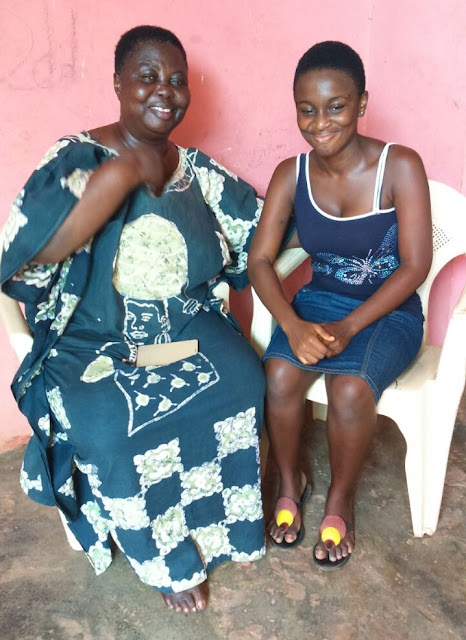








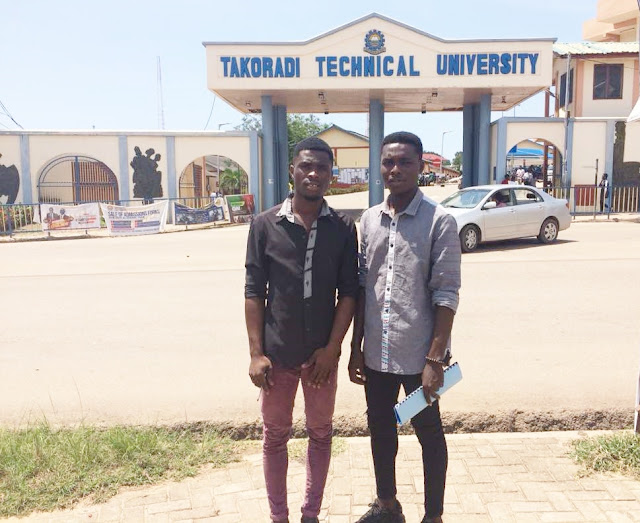
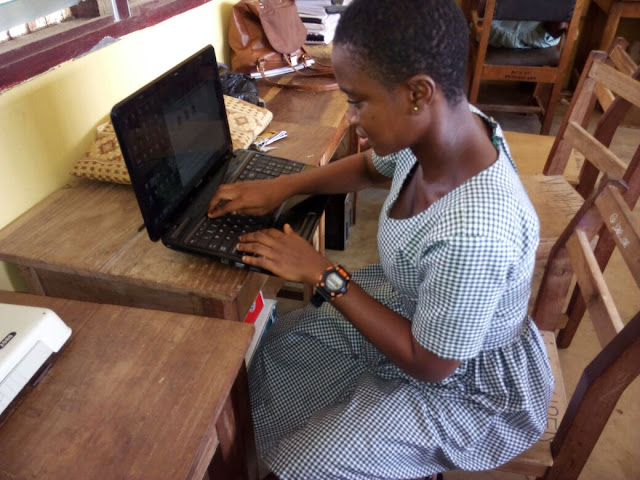
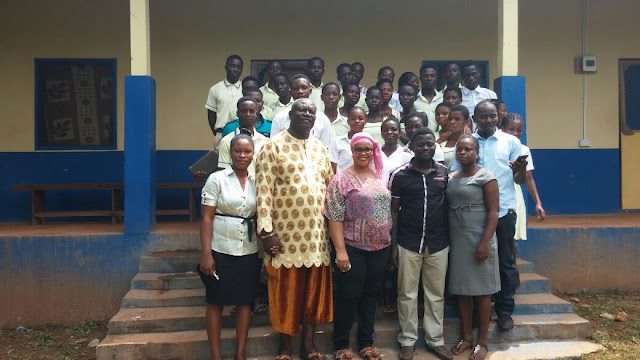
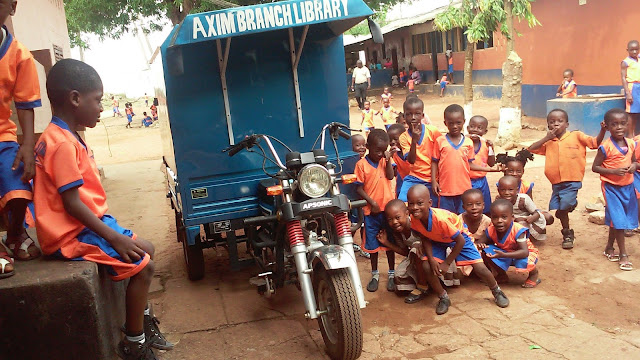
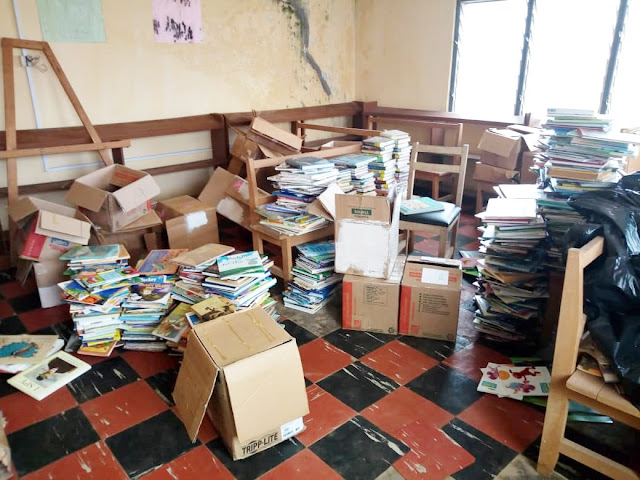
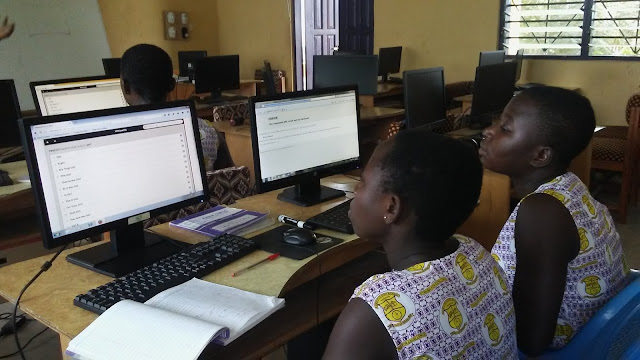
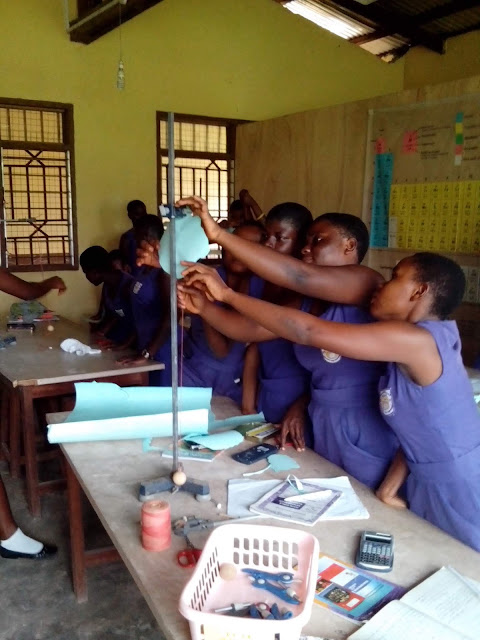


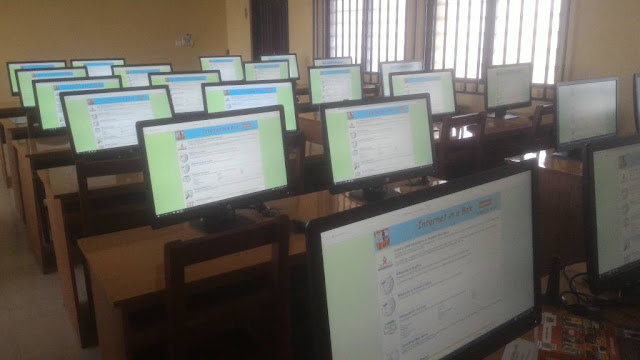
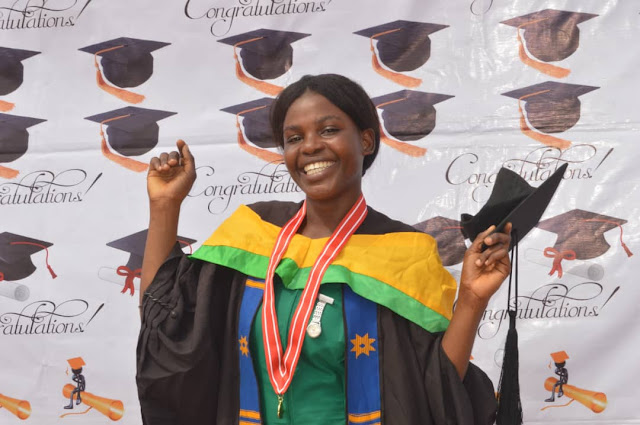




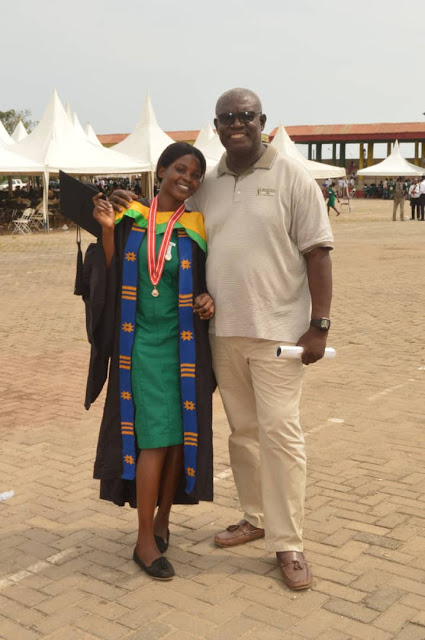








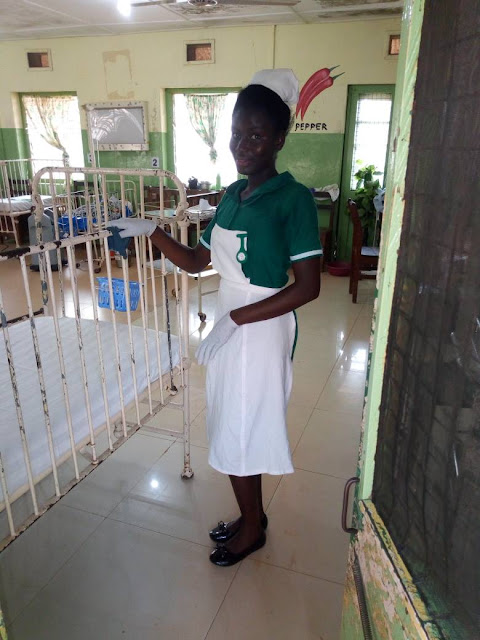

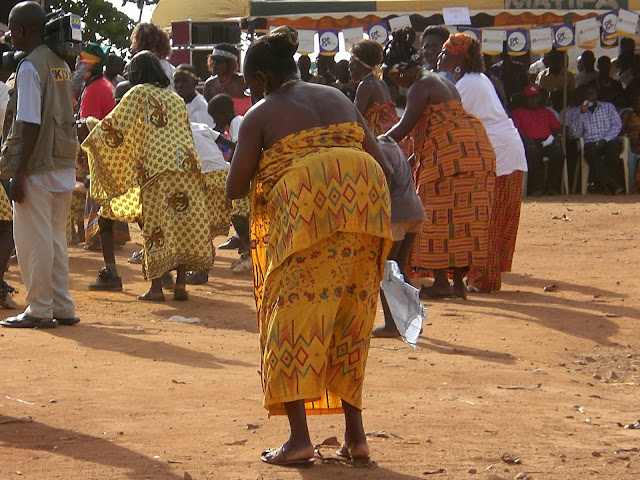
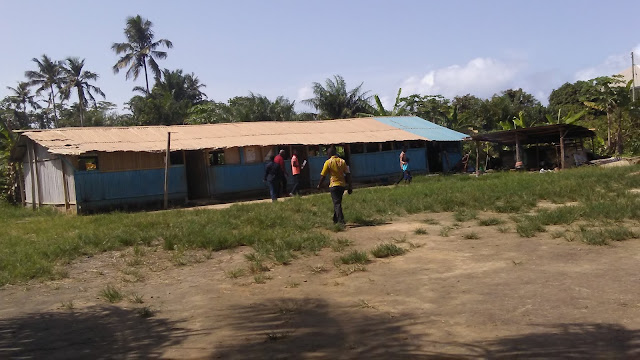


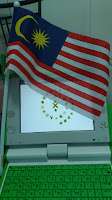
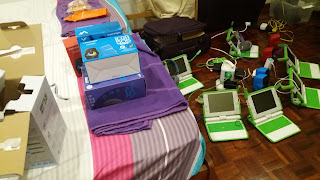
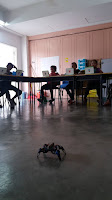

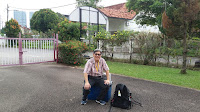
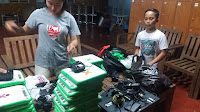
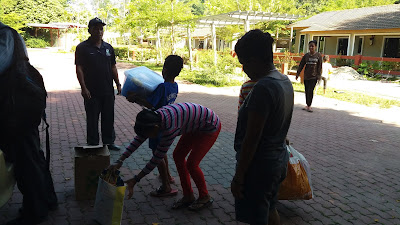
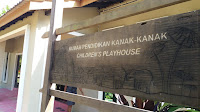
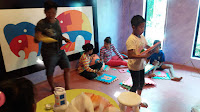



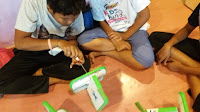

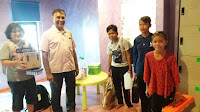


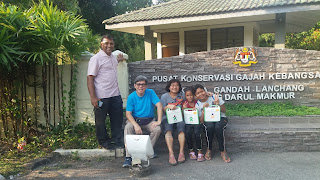
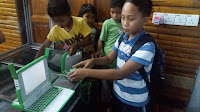
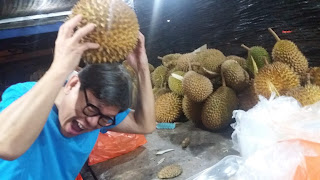

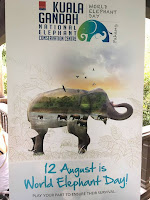

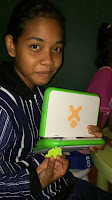
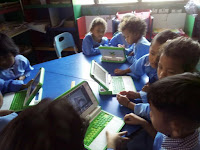
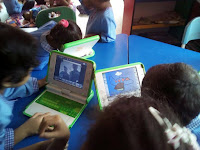
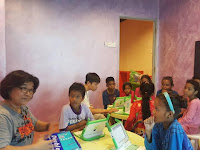
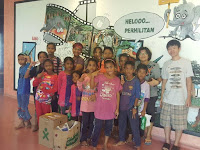
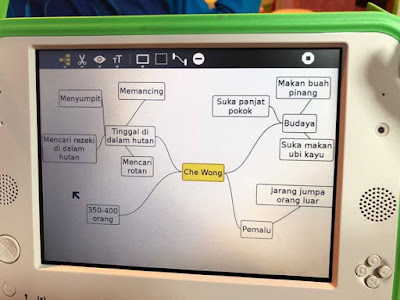
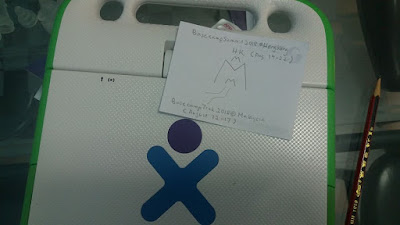
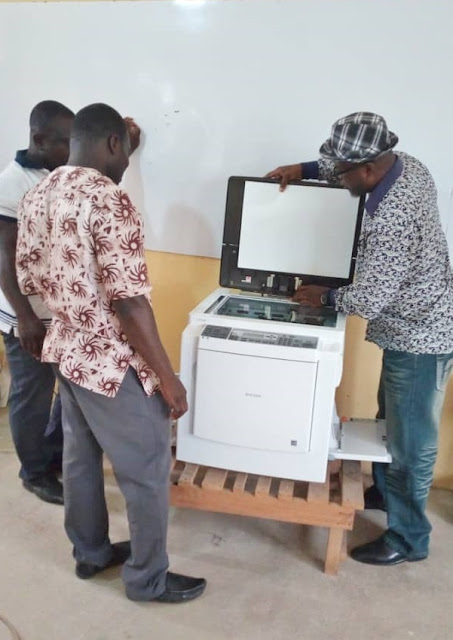
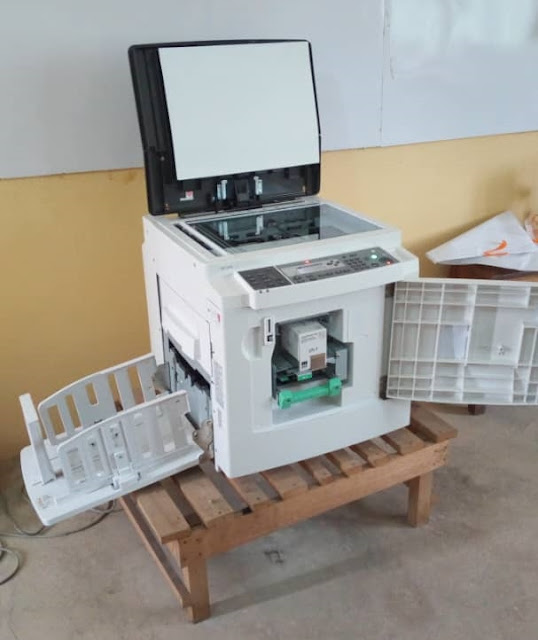




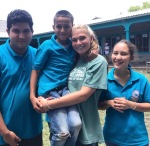





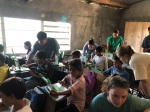










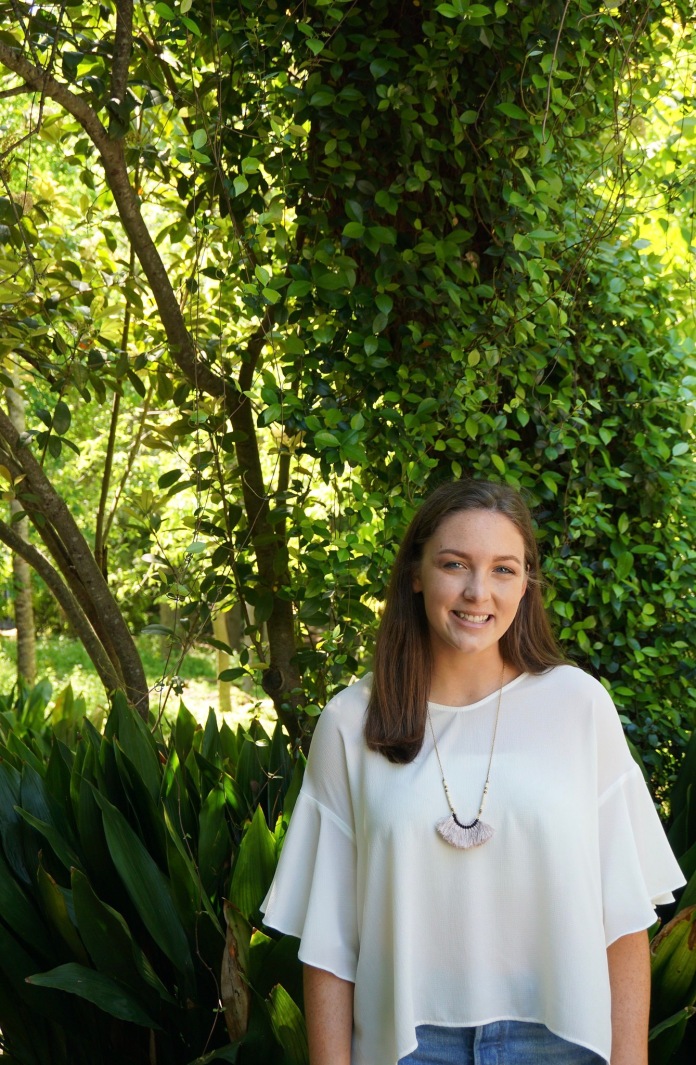
 It is the time of the year to start dreaming of summer vacation, and for me this means a trip to Honduras. Six of my students, all graduating seniors, will be with us this trip. I’m including their photos above. I was particularly moved by these young people because they came to me to ask if they could join our mission before I had mentioned anything about going to Honduras. With continuing wonder, Sally and I have become observers of a project that seems to draw loving people into its orbit. I’ve asked them to view some of our old posts to get a sense of what it might be like in a mountain school surrounded by smiling children. Reviewing these posts myself, I felt like Marcel Proust, overcome by recollections of the past, overcome by a beguiling nostalgia, an enchantment.
It is the time of the year to start dreaming of summer vacation, and for me this means a trip to Honduras. Six of my students, all graduating seniors, will be with us this trip. I’m including their photos above. I was particularly moved by these young people because they came to me to ask if they could join our mission before I had mentioned anything about going to Honduras. With continuing wonder, Sally and I have become observers of a project that seems to draw loving people into its orbit. I’ve asked them to view some of our old posts to get a sense of what it might be like in a mountain school surrounded by smiling children. Reviewing these posts myself, I felt like Marcel Proust, overcome by recollections of the past, overcome by a beguiling nostalgia, an enchantment.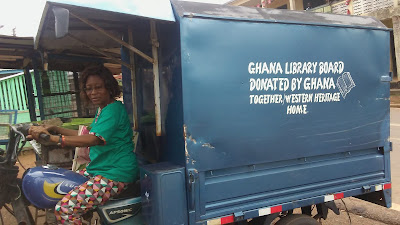

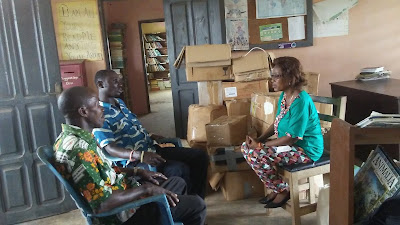
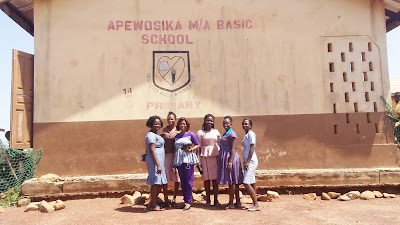



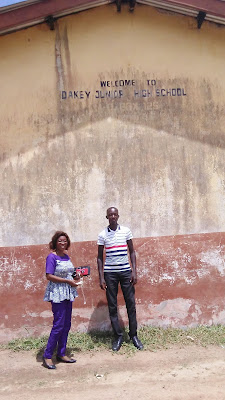
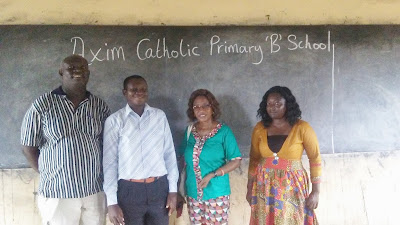
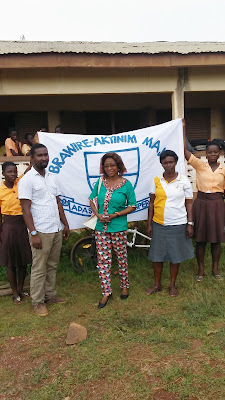
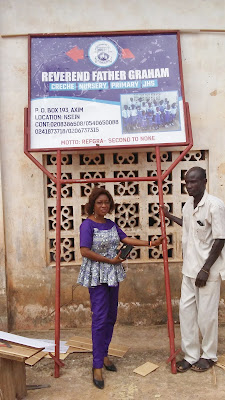
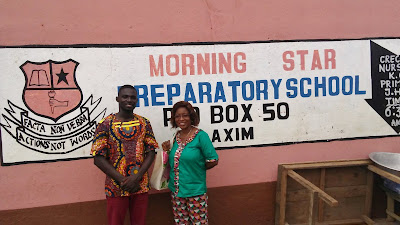


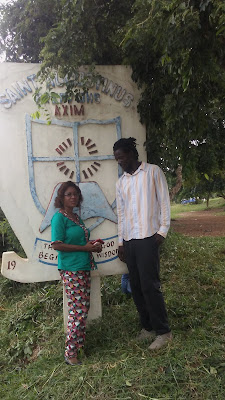
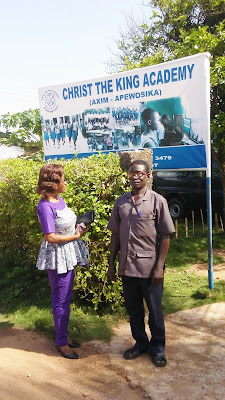
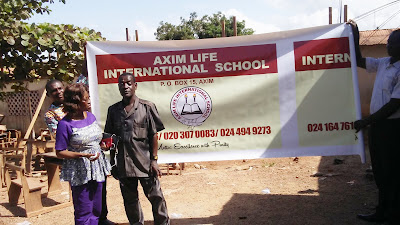
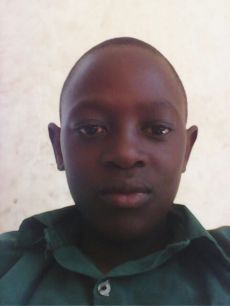 BY BRIGHTON
BY BRIGHTON


